Commanders!
Imagine a blazing sun burning down on an endless expanse of sand and dunes. Water, food, and fuel are scarce commodities. During the day, a tank hull gets hot enough to fry an egg. At night, temperatures drop so low you can see your breath. Sand creeps into every crevice, scraping away at mechanics and nerves alike. This was the gritty reality of the North African Campaign, characterized by harsh desert conditions, constant danger, and the need for adaptability.
Now transport yourself from that poignant past to our present promotions. Explore a breadth of offers, immerse yourself in the intricate details of each new style, and capitalize on discounts to reach both tech tree tanks in time. If you're already a proud owner of either tank, make sure to enlist in the Dunes of Fury challenge! This is your chance to experience a taste of that bygone era, with all the thrill of the battlefield and none of the scorching sun.
3D Styles for the Tiger I and Panther
Available from June 16 at 07:00 CEST through June 26 at 07:00 CEST (UTC+2)
Commemorate a unique chapter of World War II with two exclusive 3D styles. The Kampfgruppe Sandsturm style for the
 VII
VII
Tiger I
and the Zweihundertzwölf style for the Panther are excellent tributes to the clever engineering and ingenuity it took to adapt these heavy machines to the otherworldly desert terrain. Historically, only the Tiger I—not the Panther—saw combat in the North Africa Campaign, but we took some creative liberty to visualize both beasts in this exceptional setting.
The brand new styles are now available in the Premium Shop individually or in a handy combo package with a 20% discount.
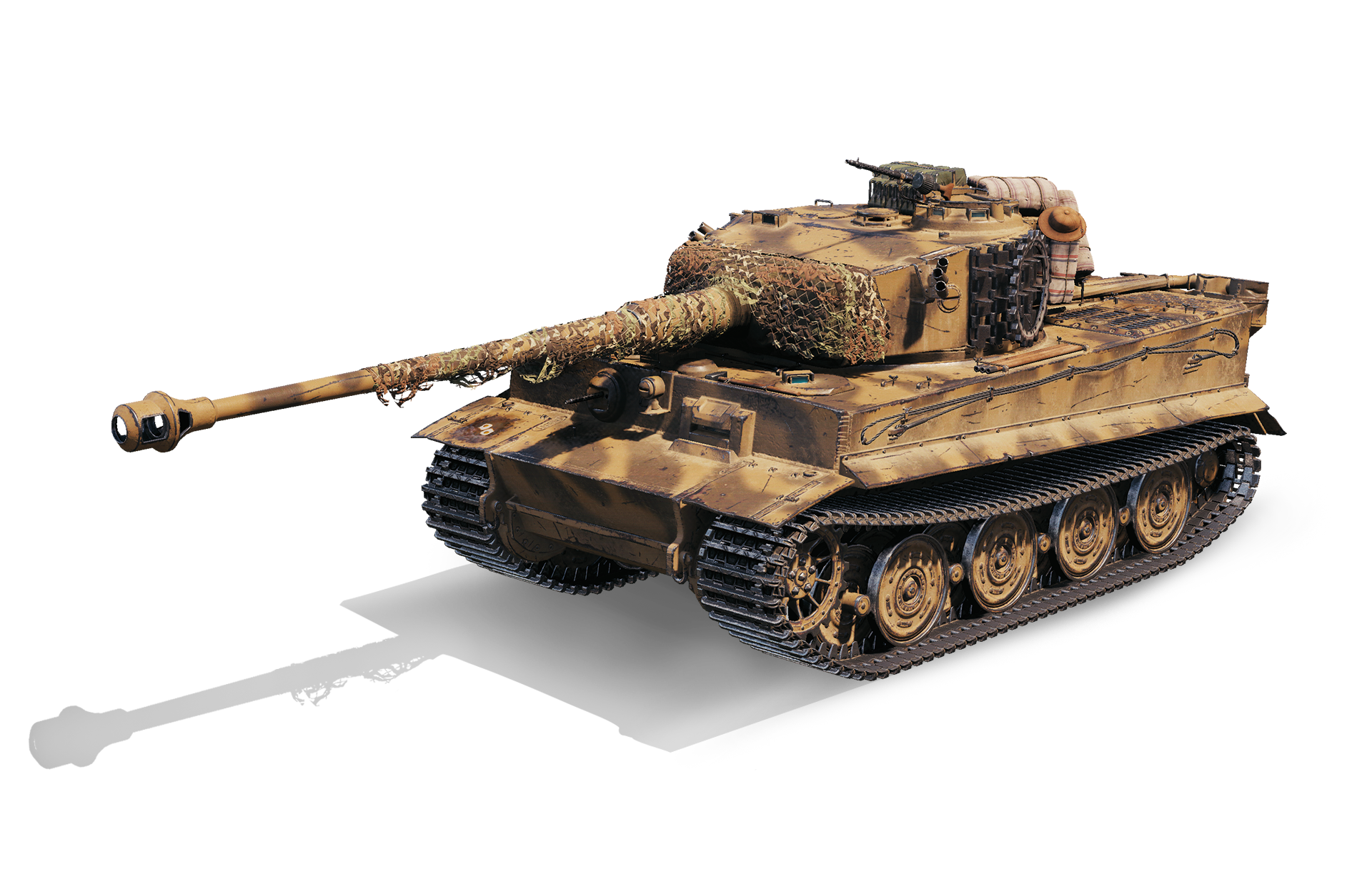

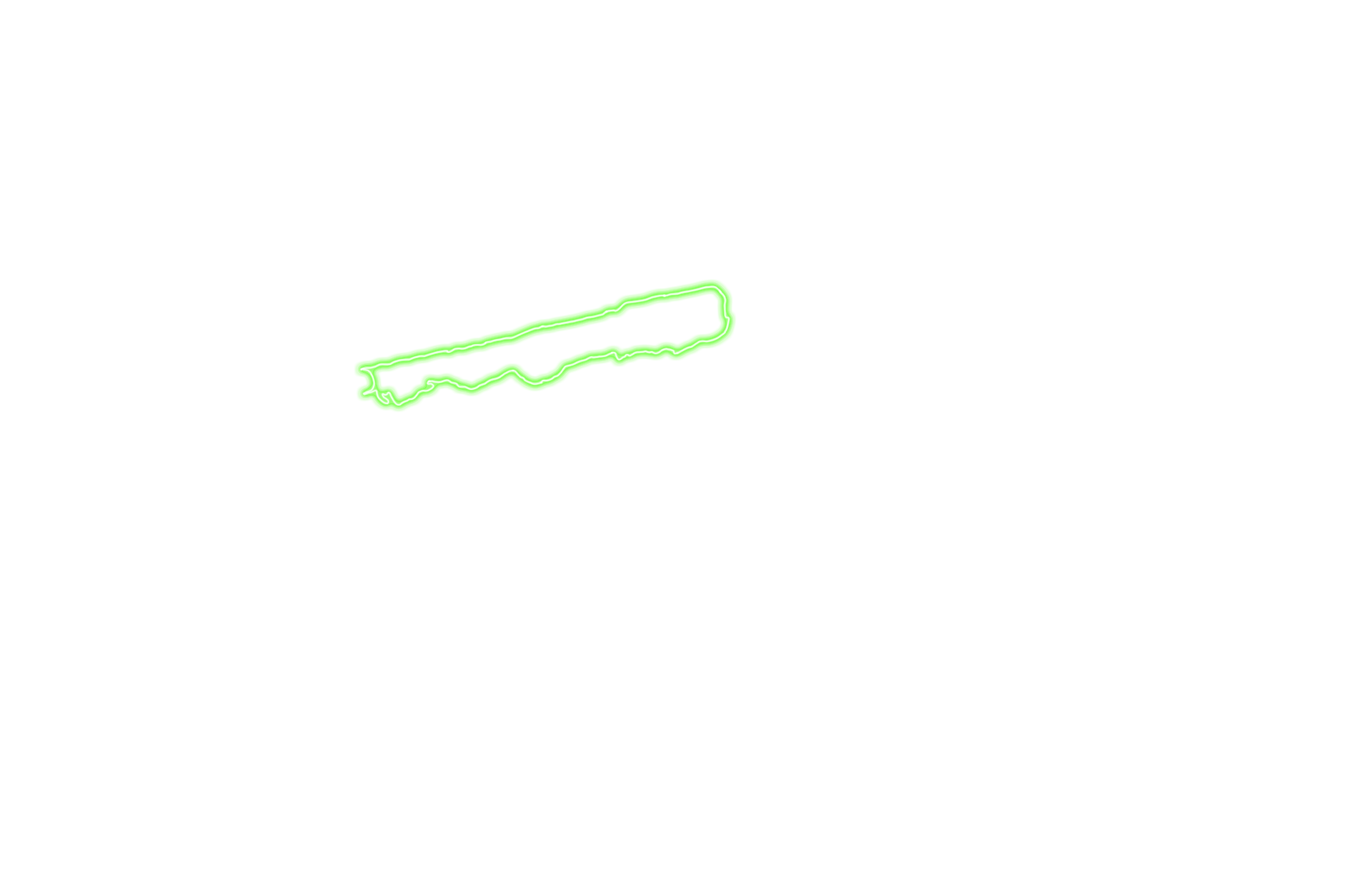




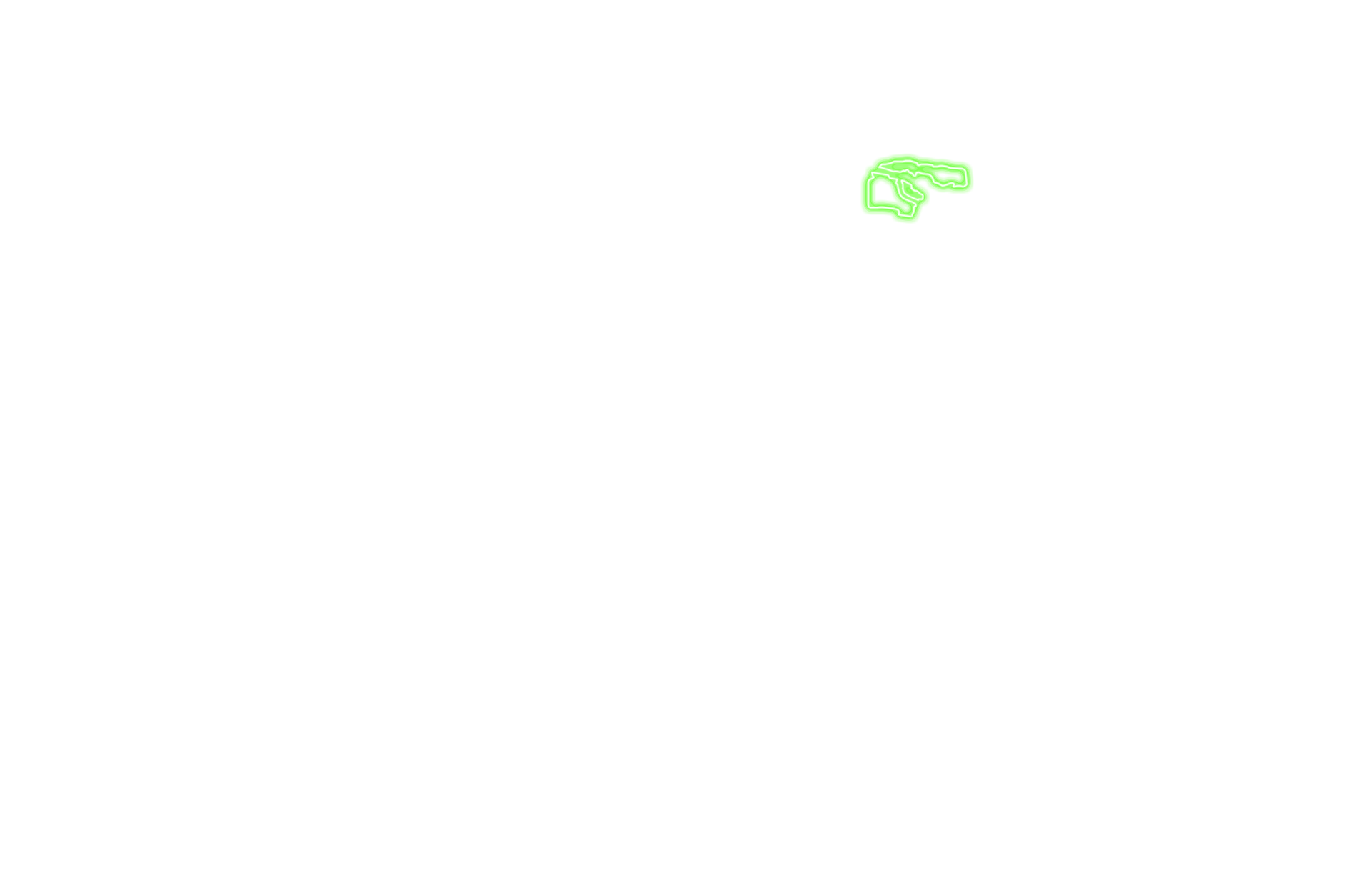
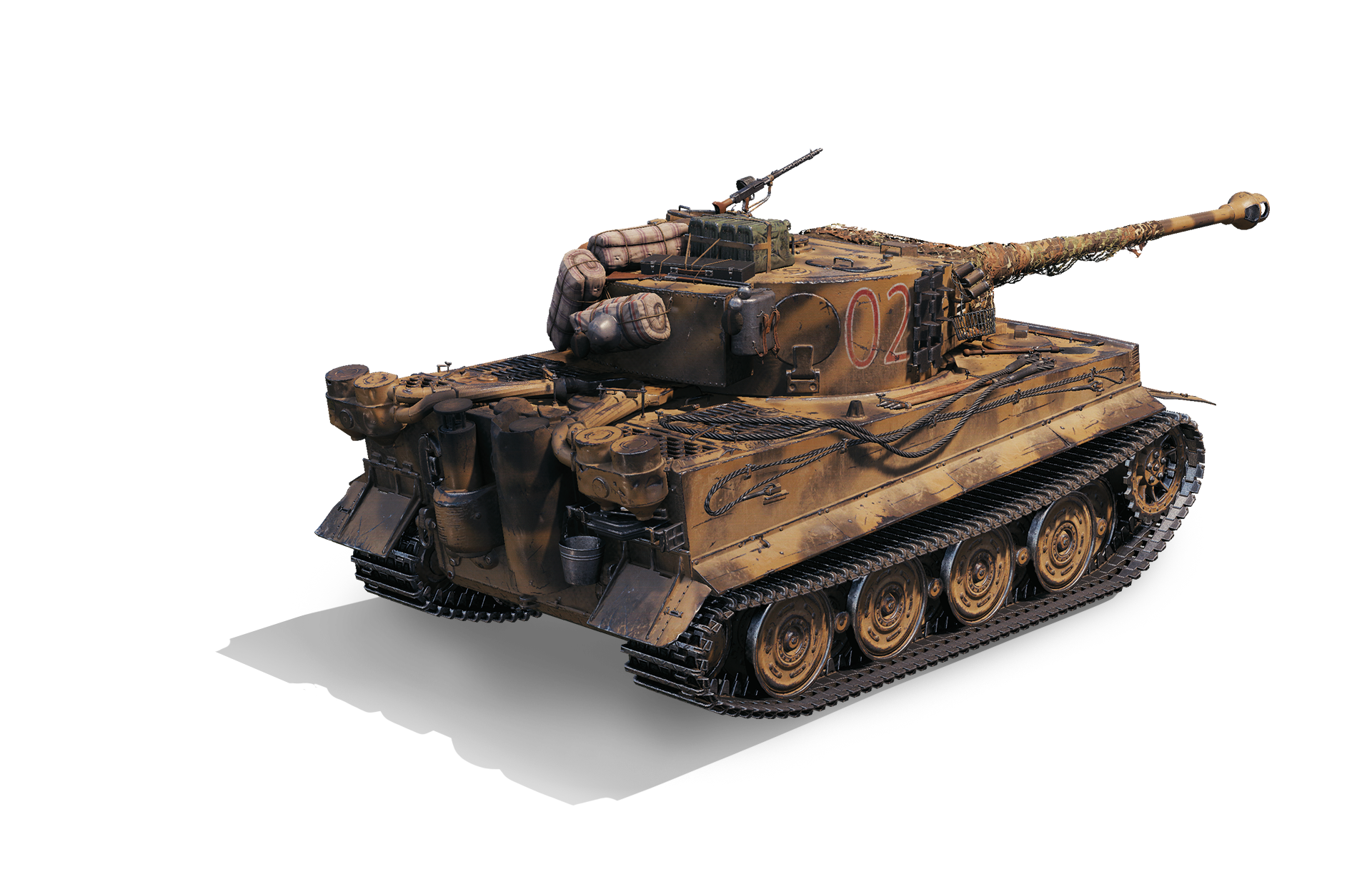


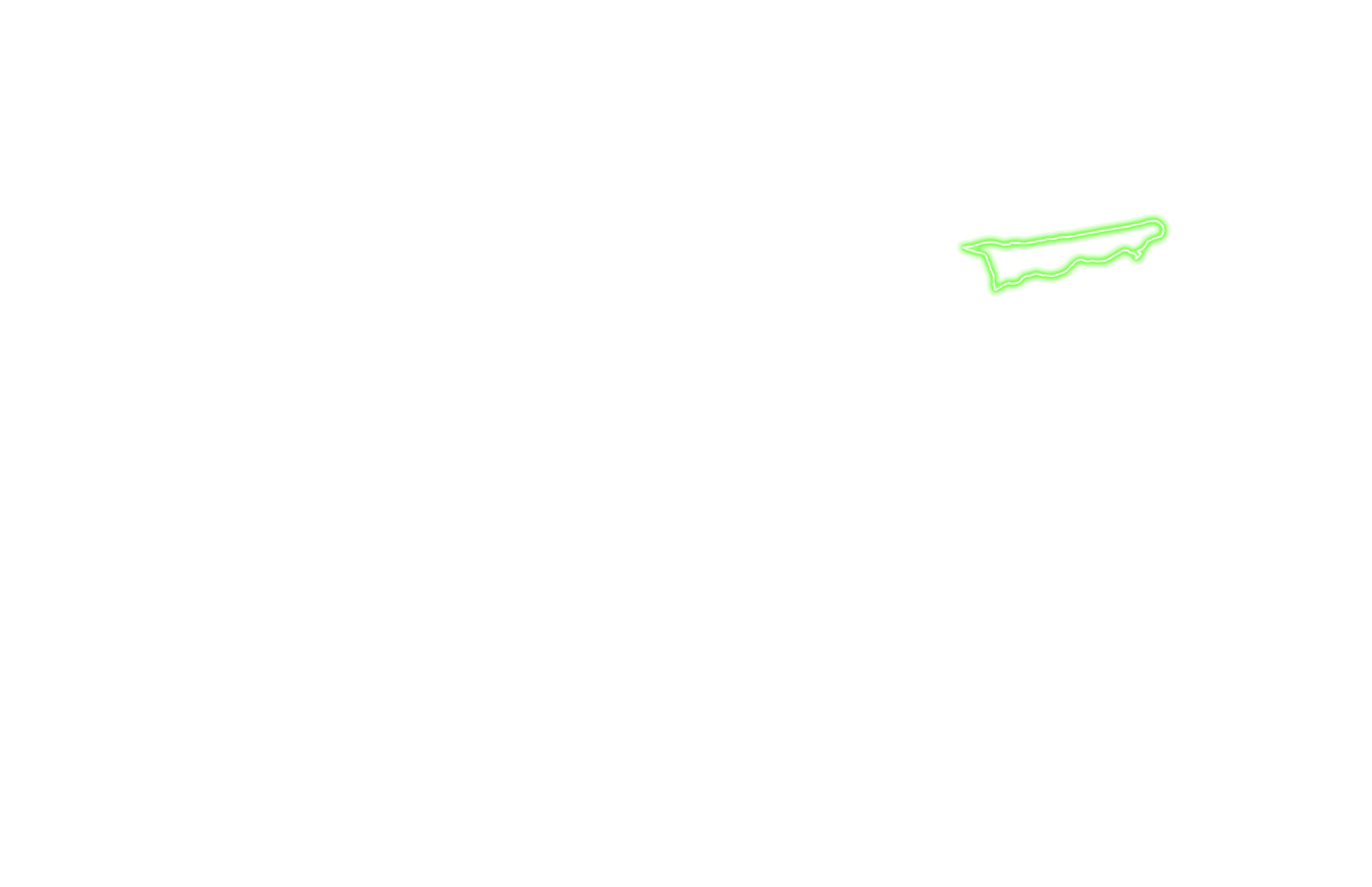
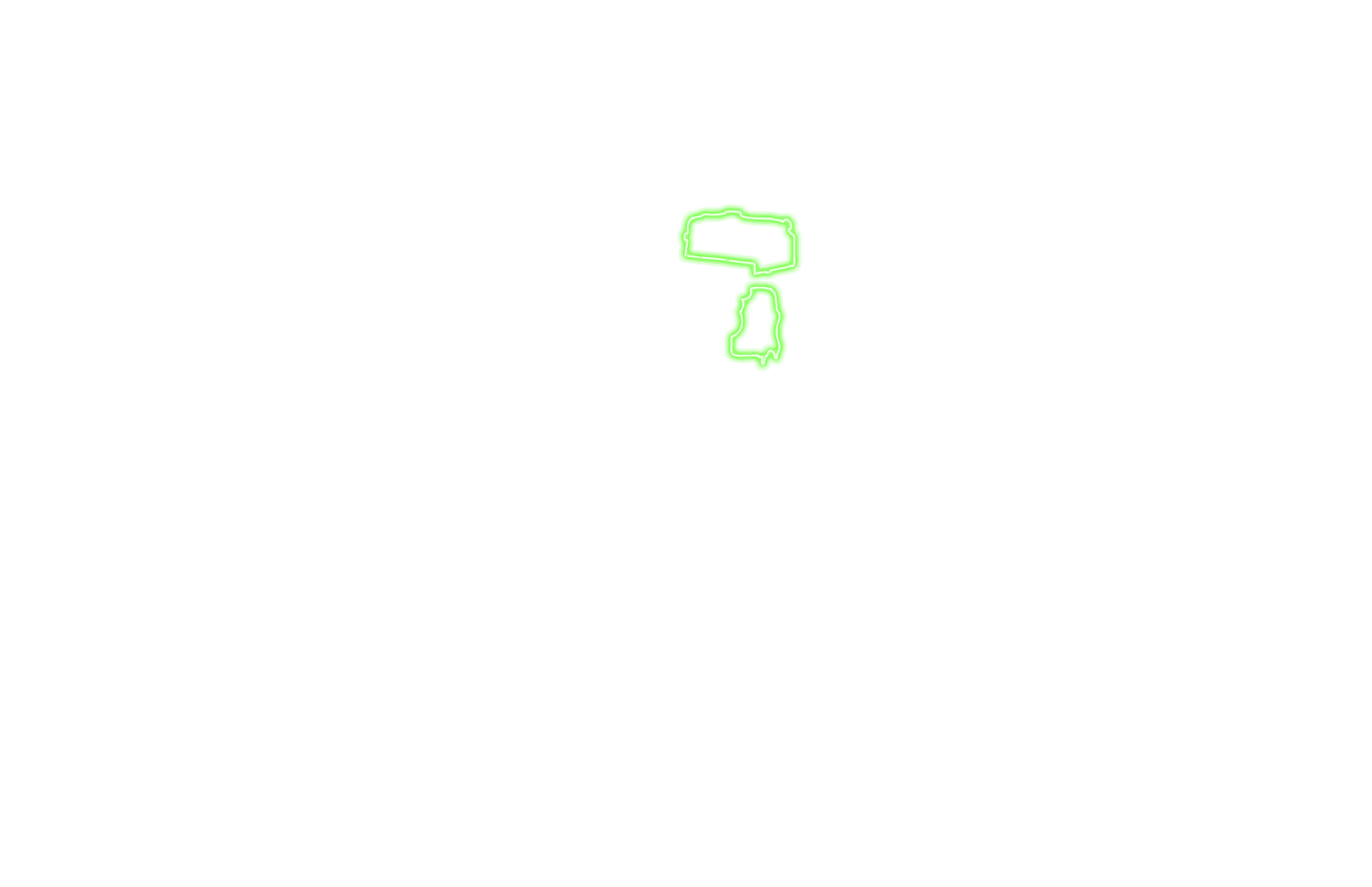

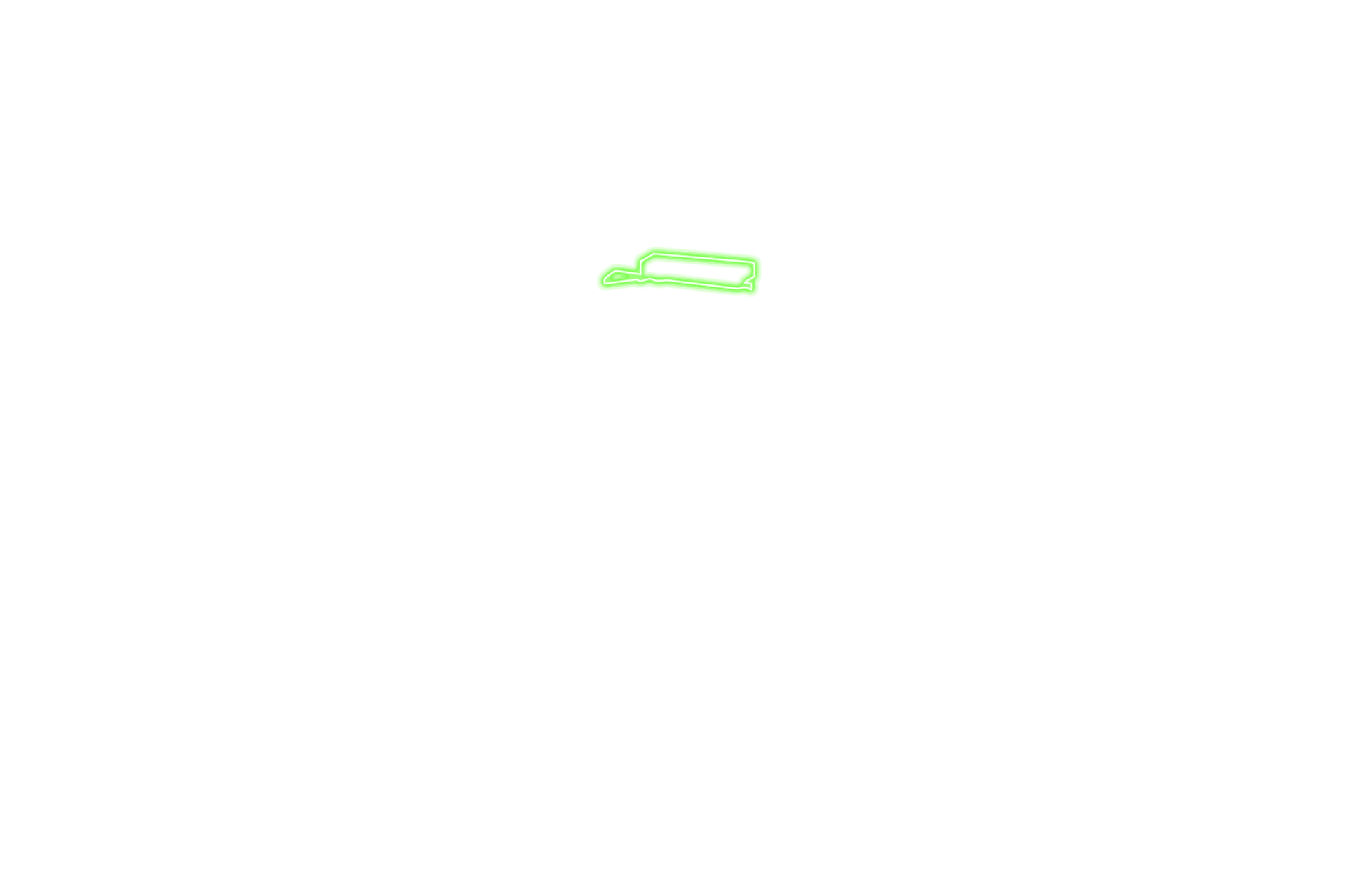
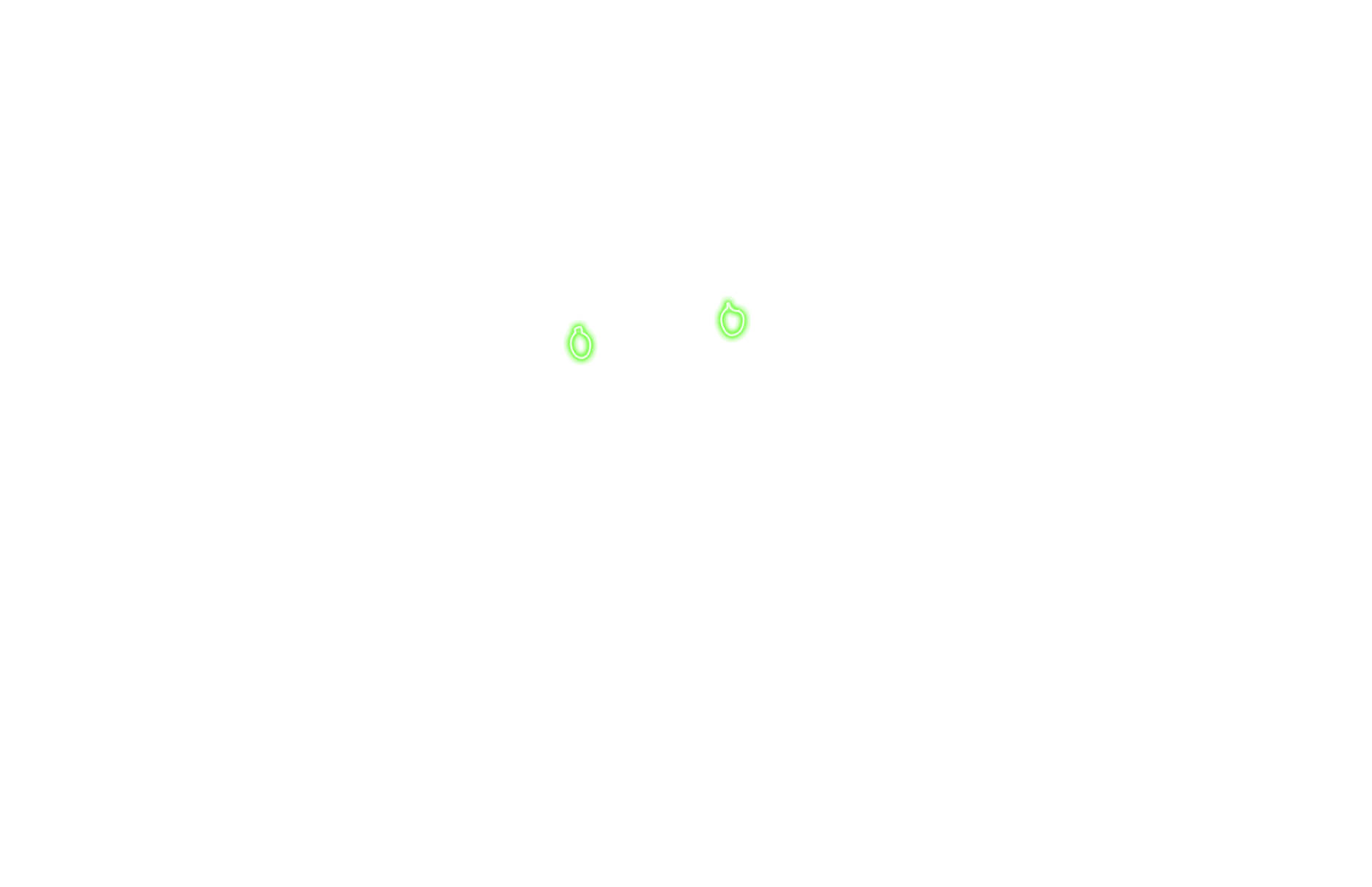
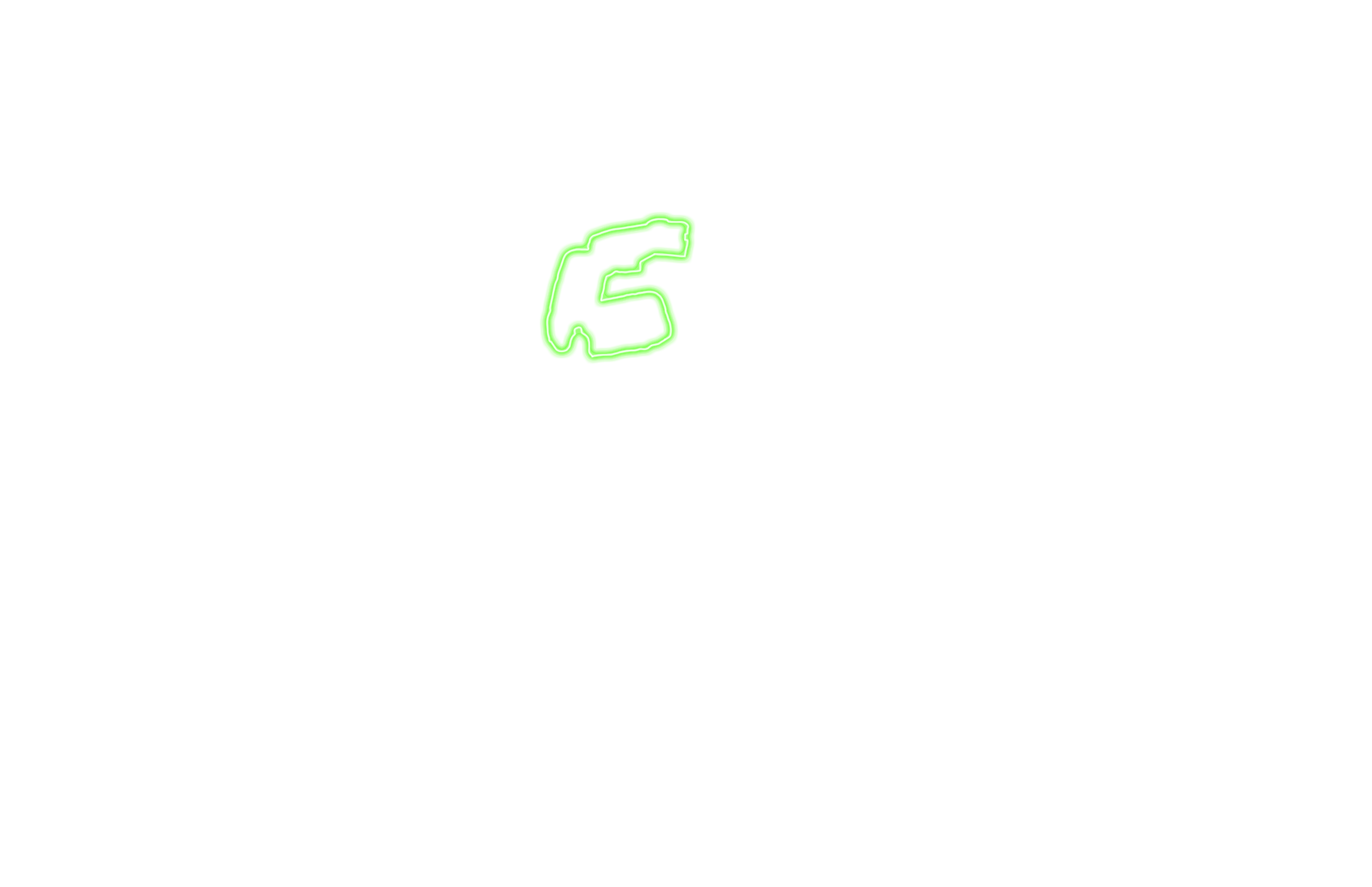
Kampfgruppe Sandsturm 3D Style
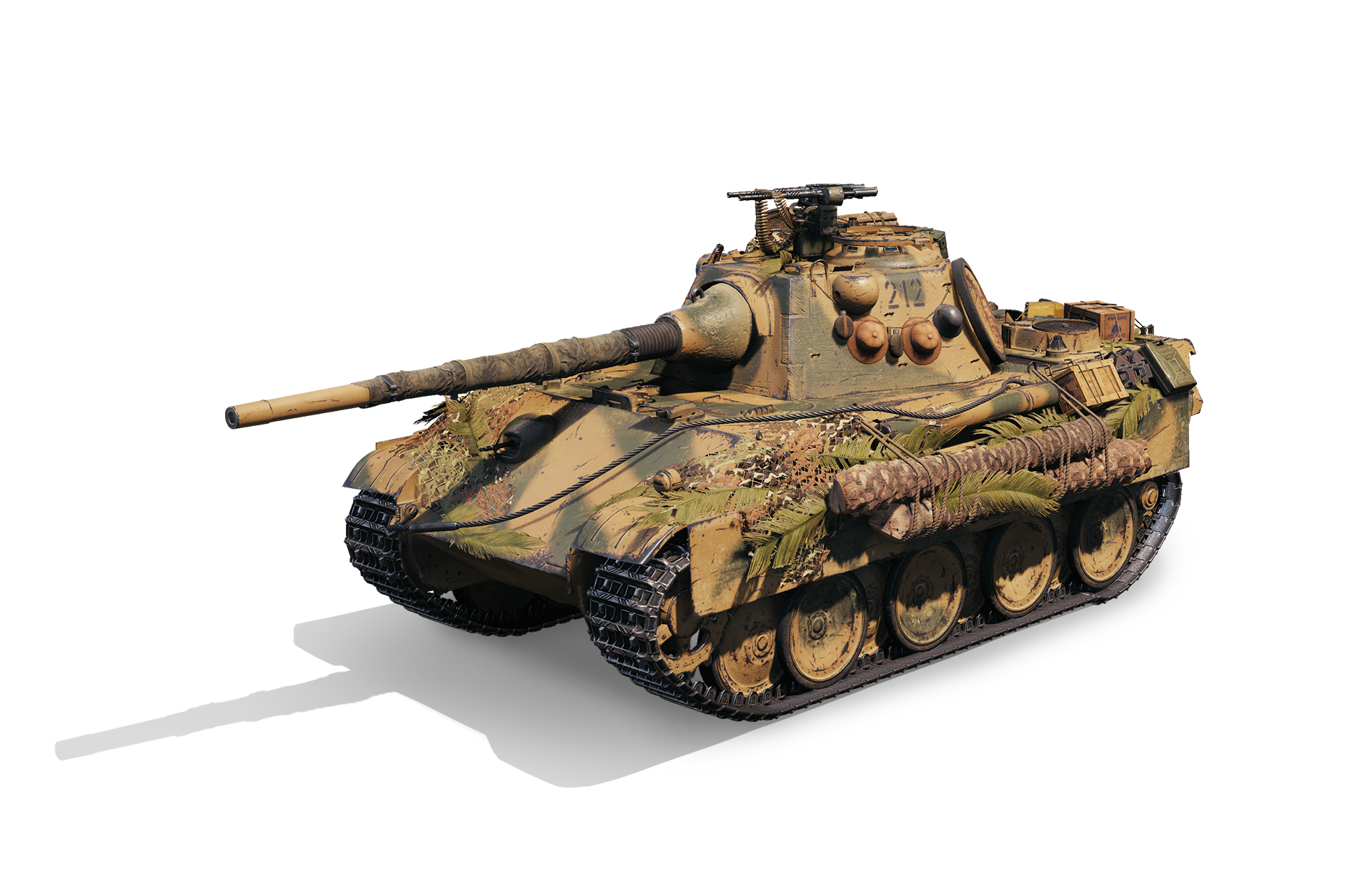
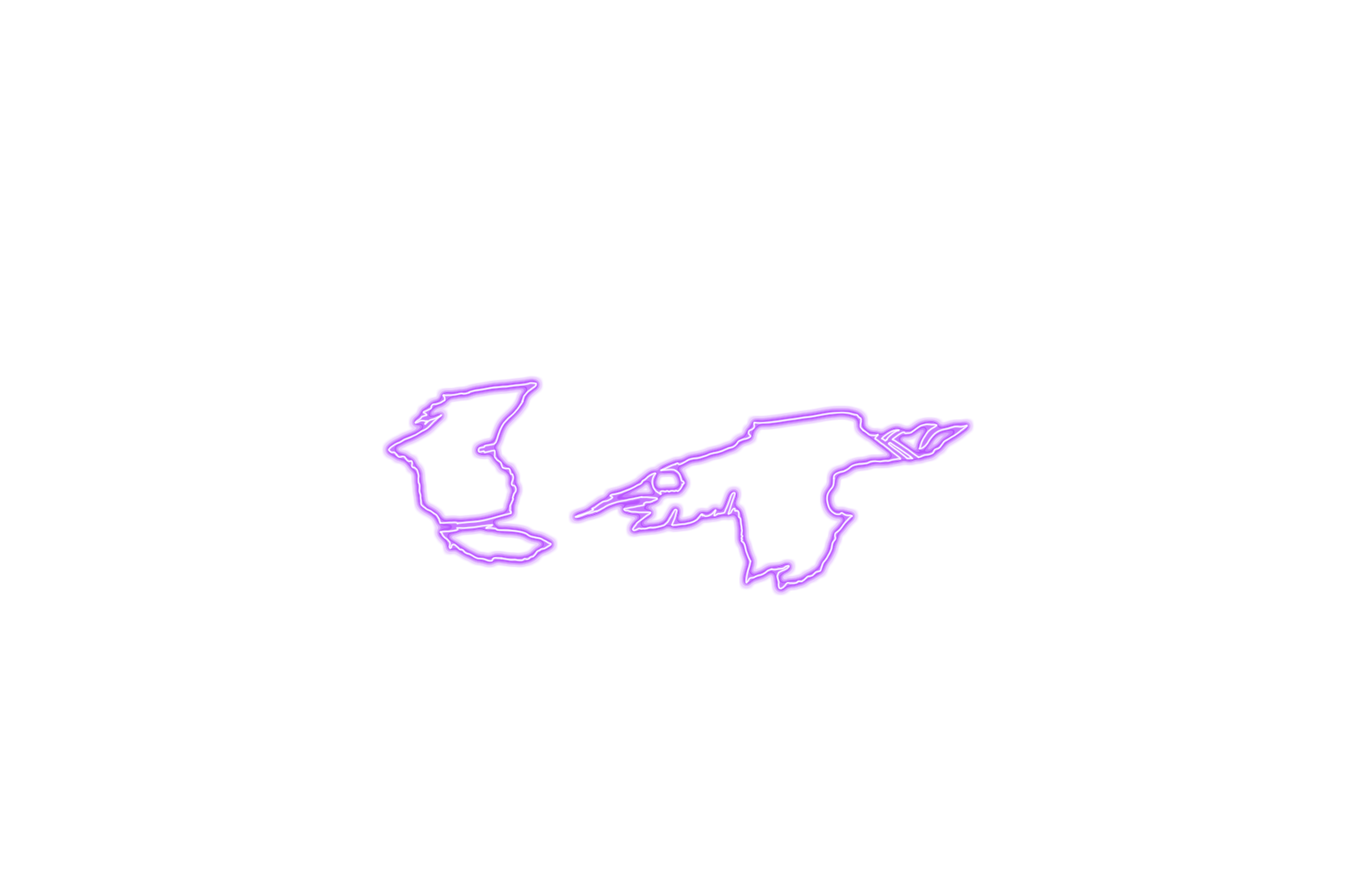
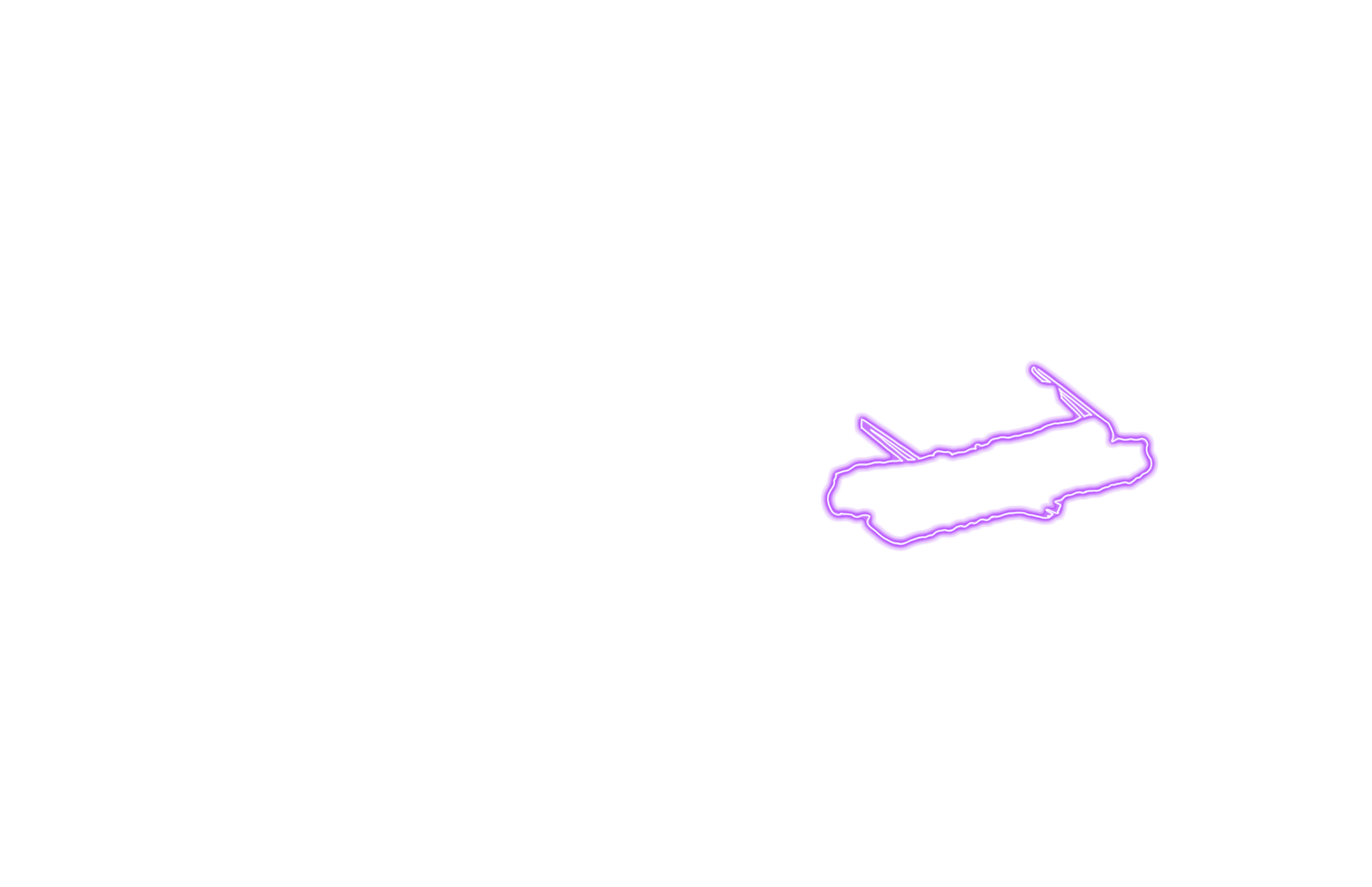
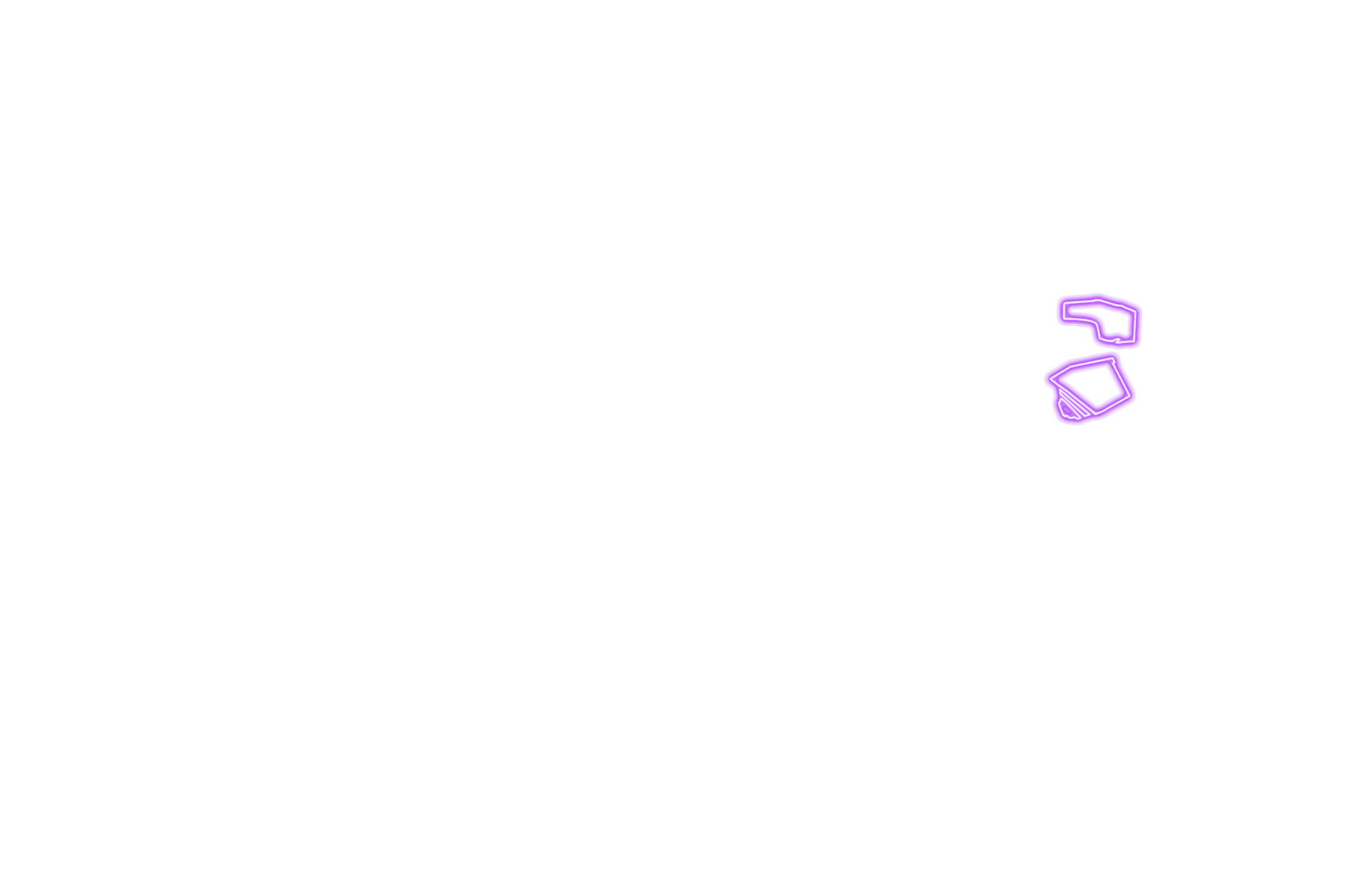
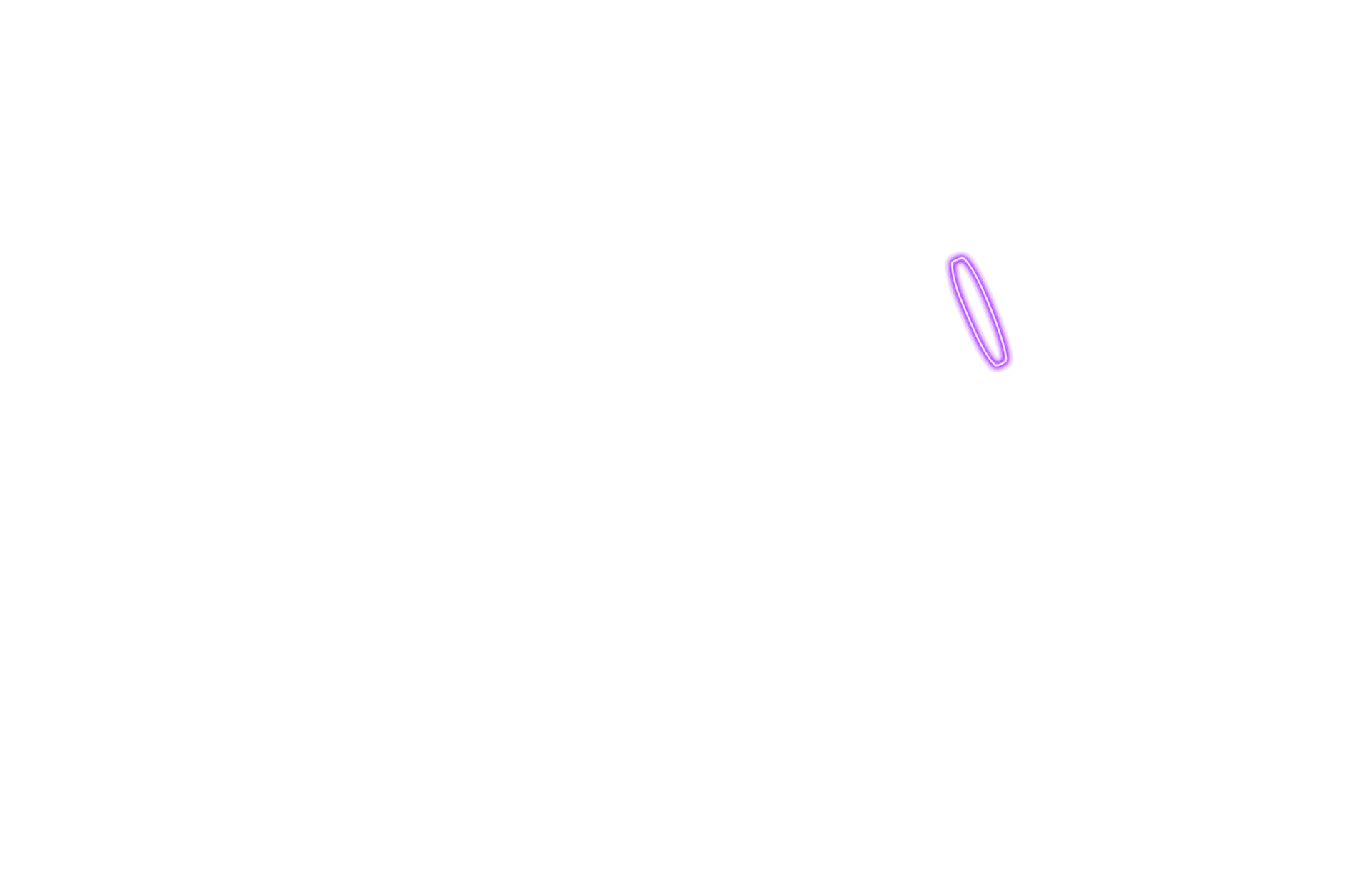

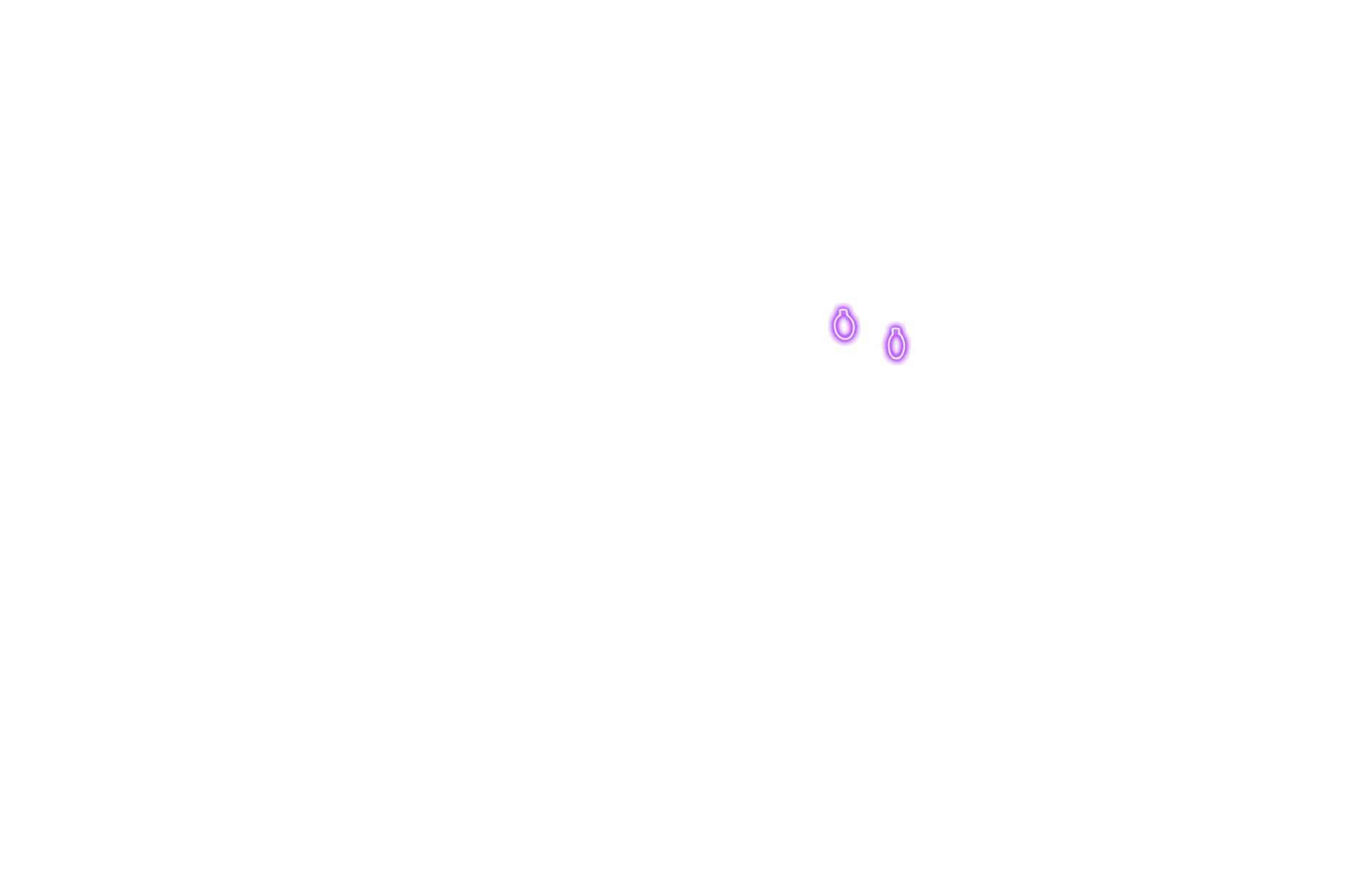
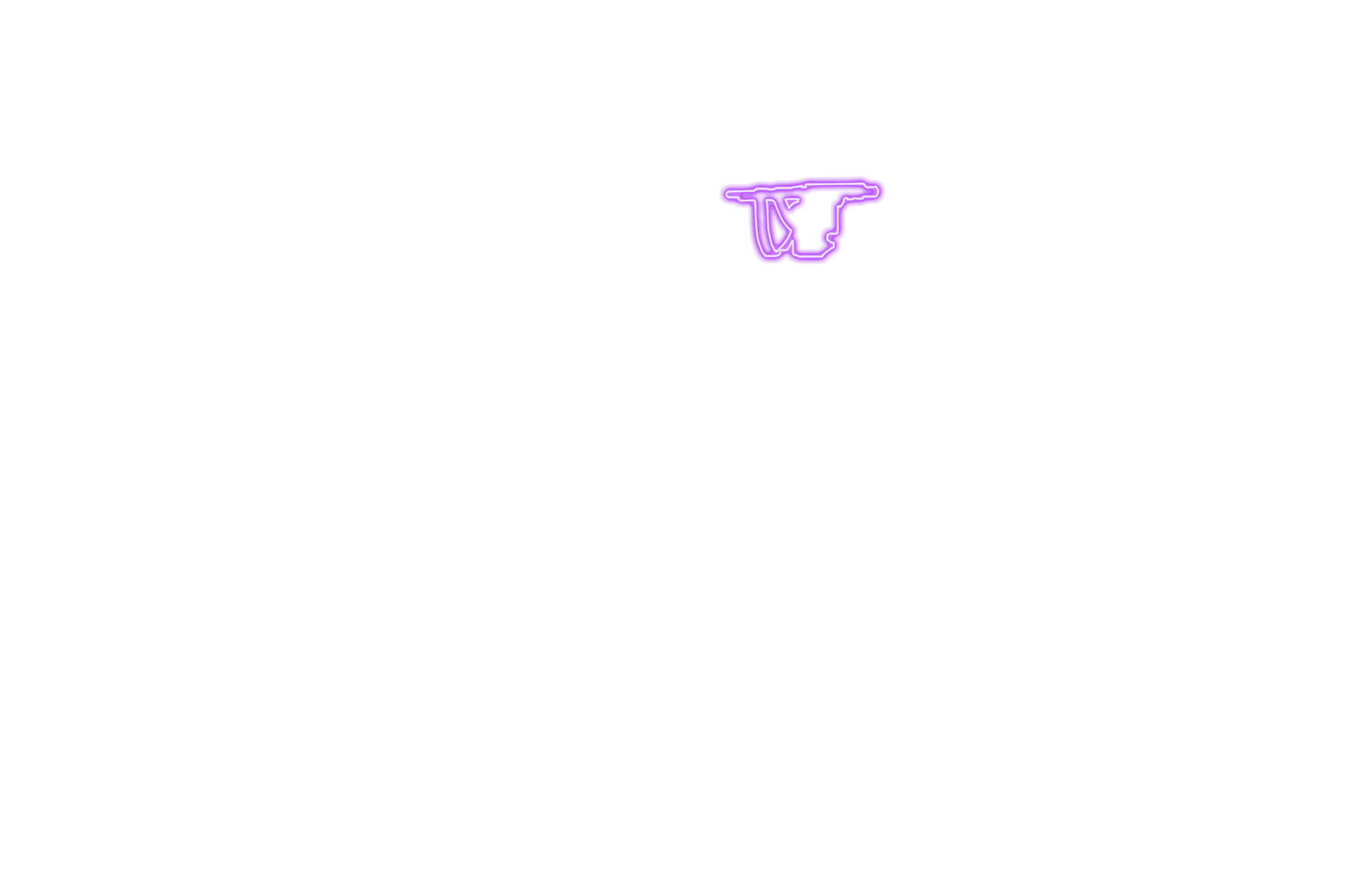
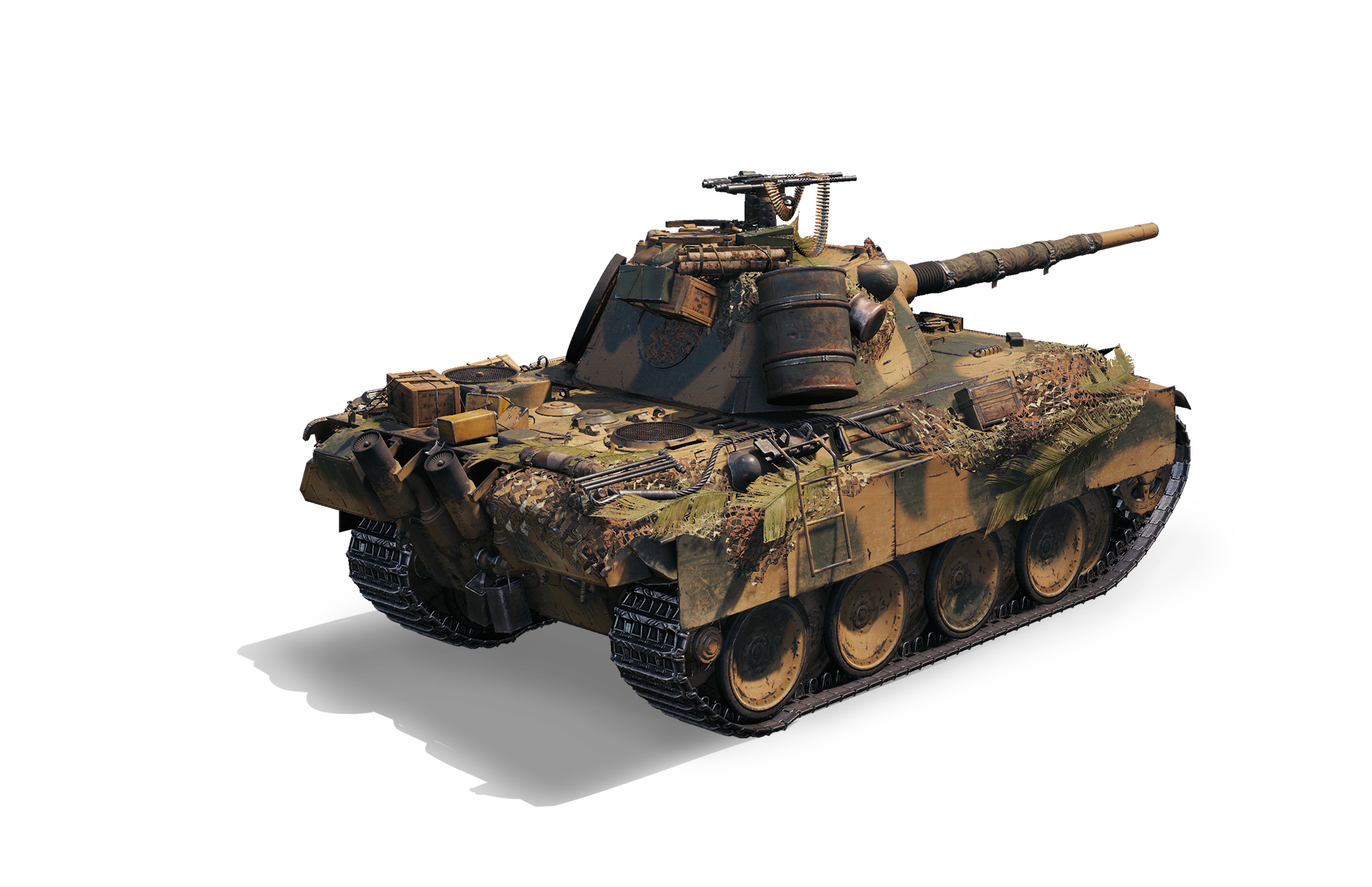
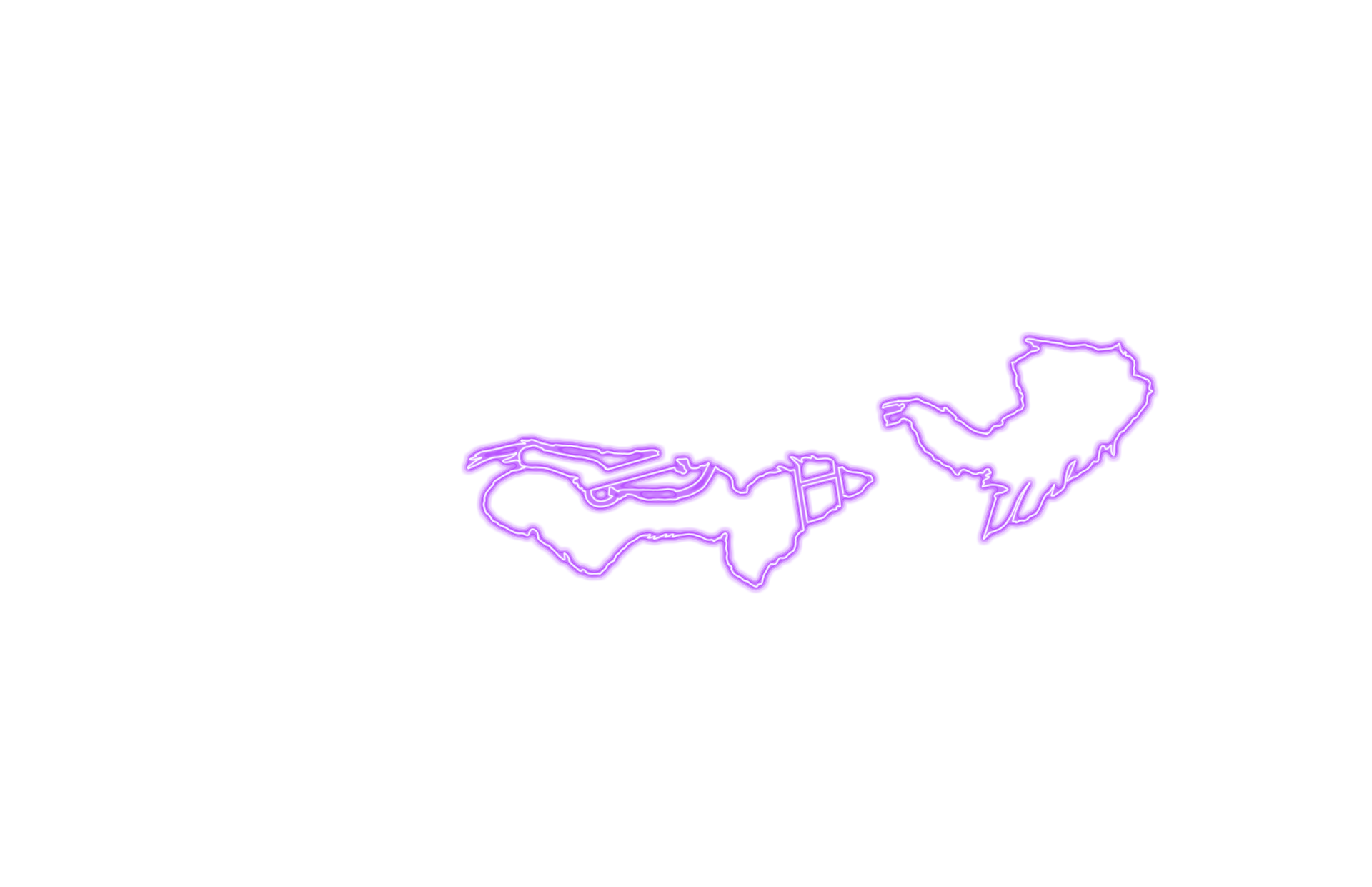
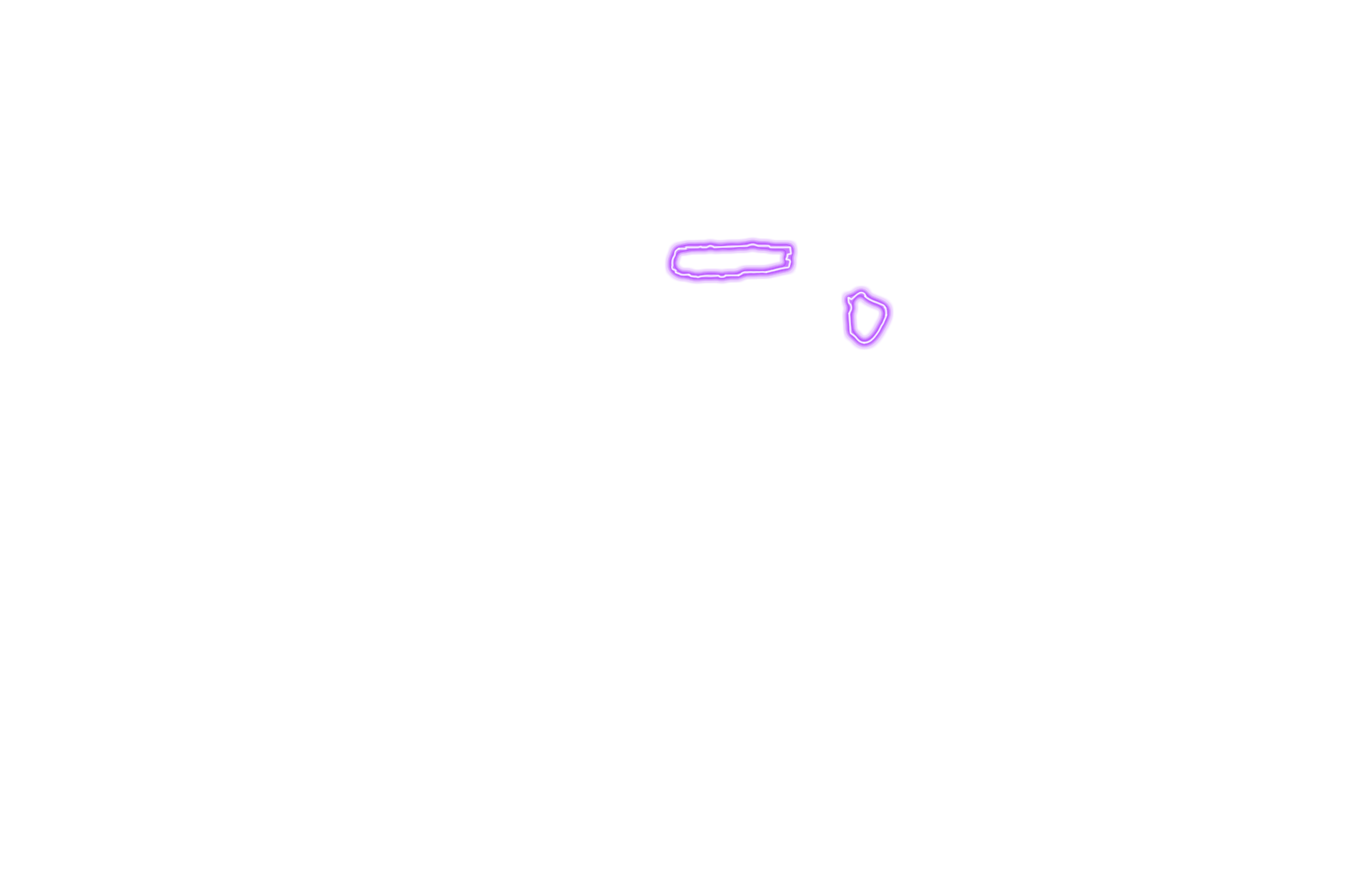
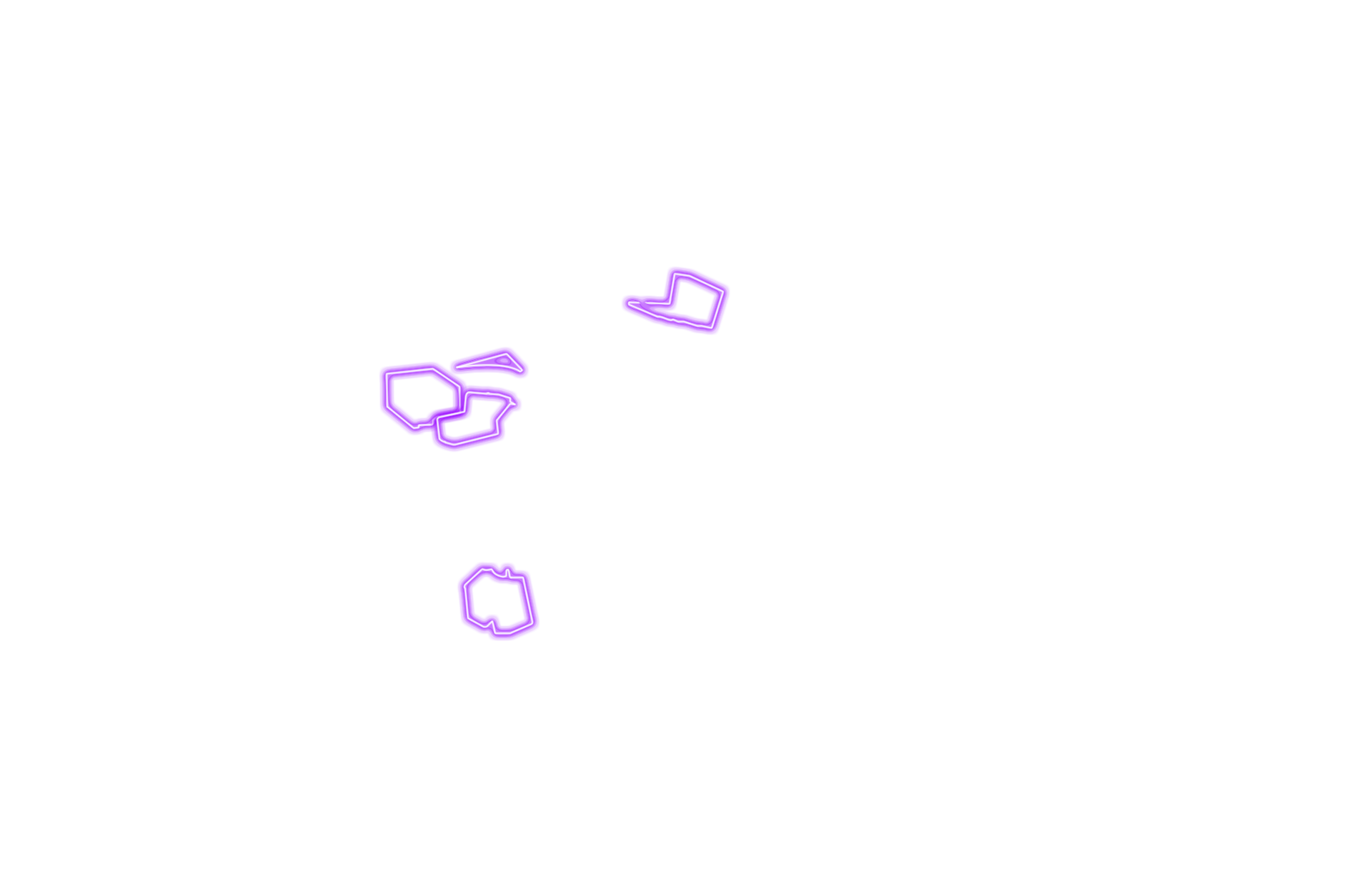
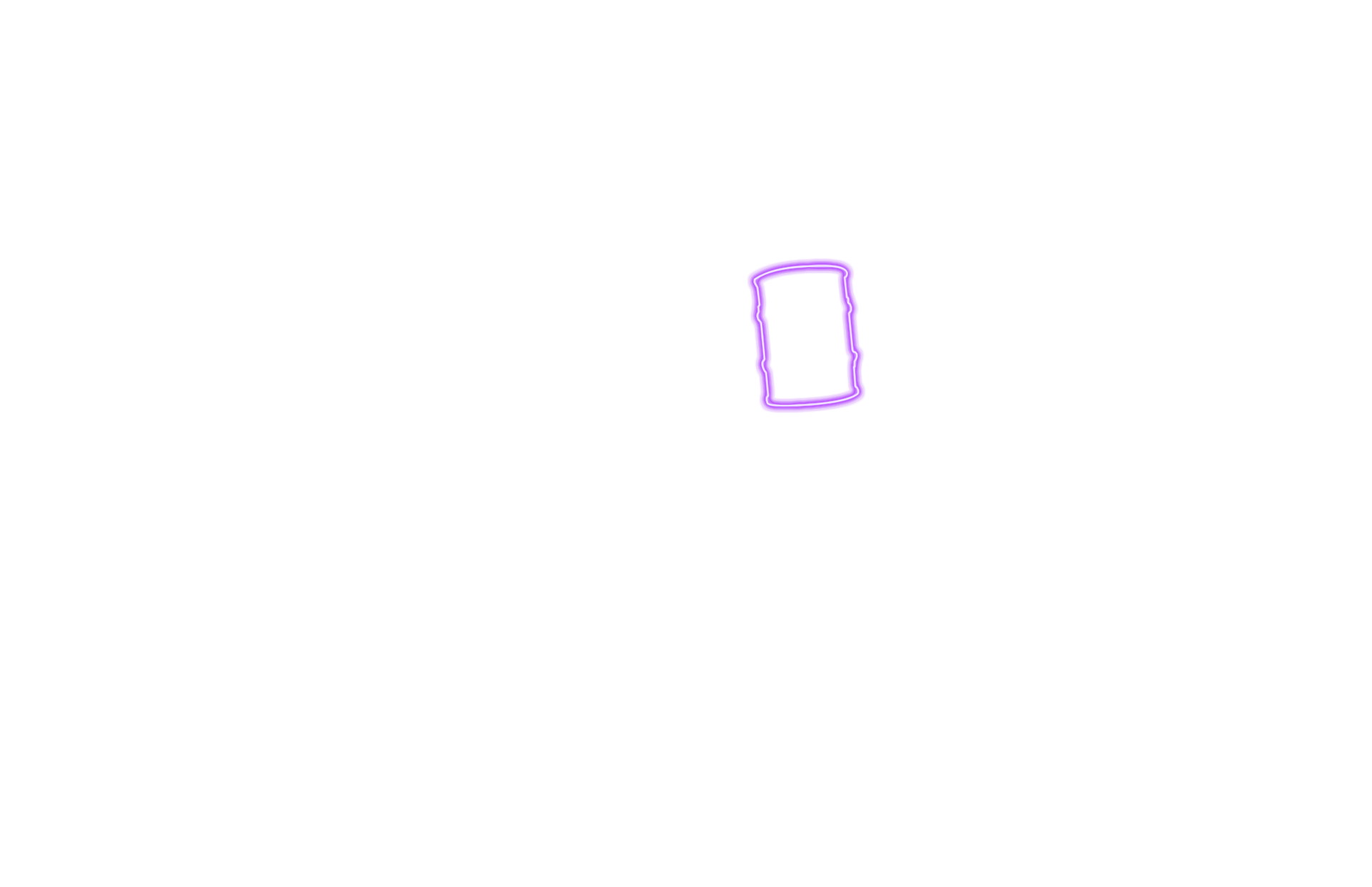
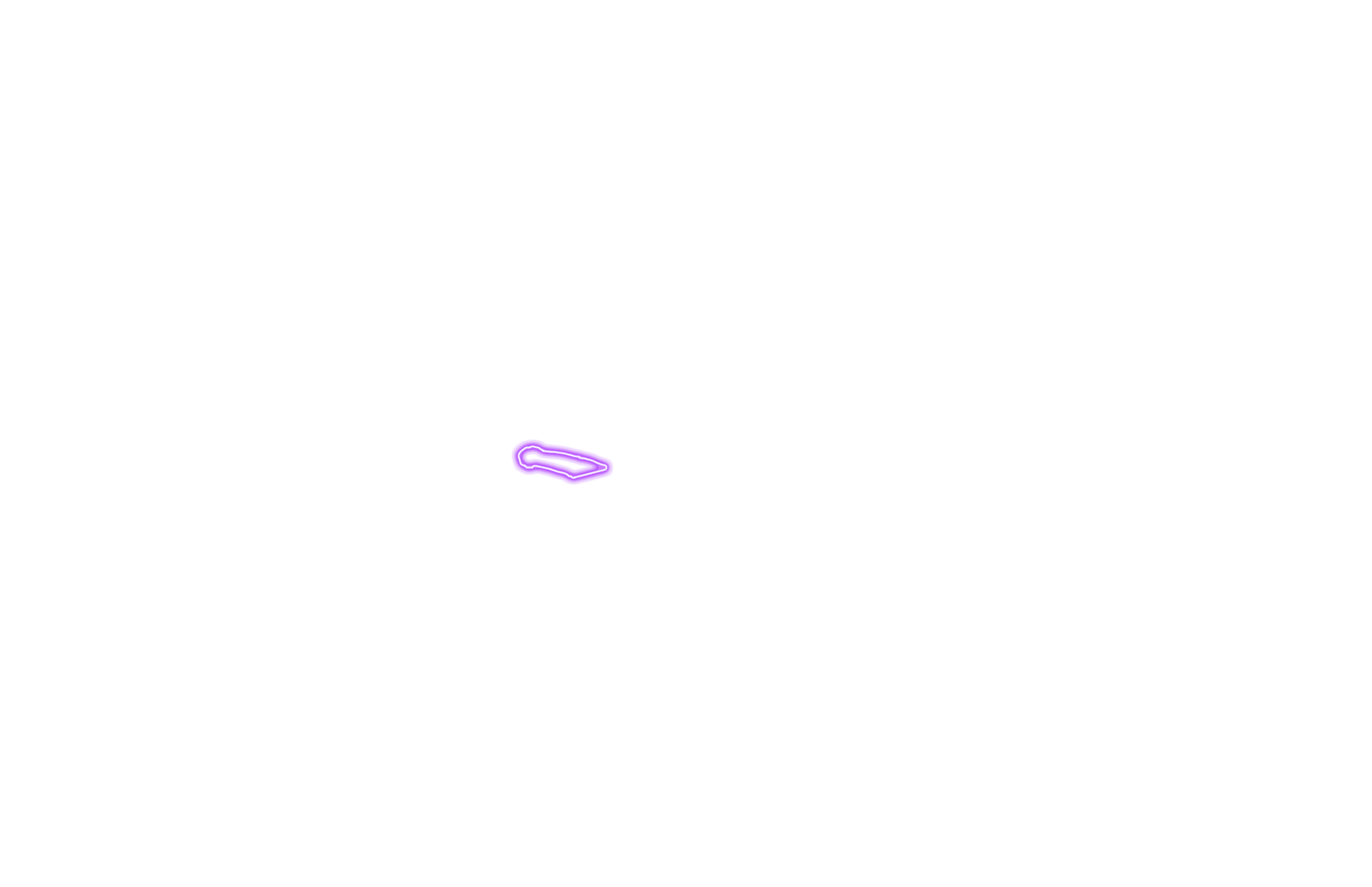

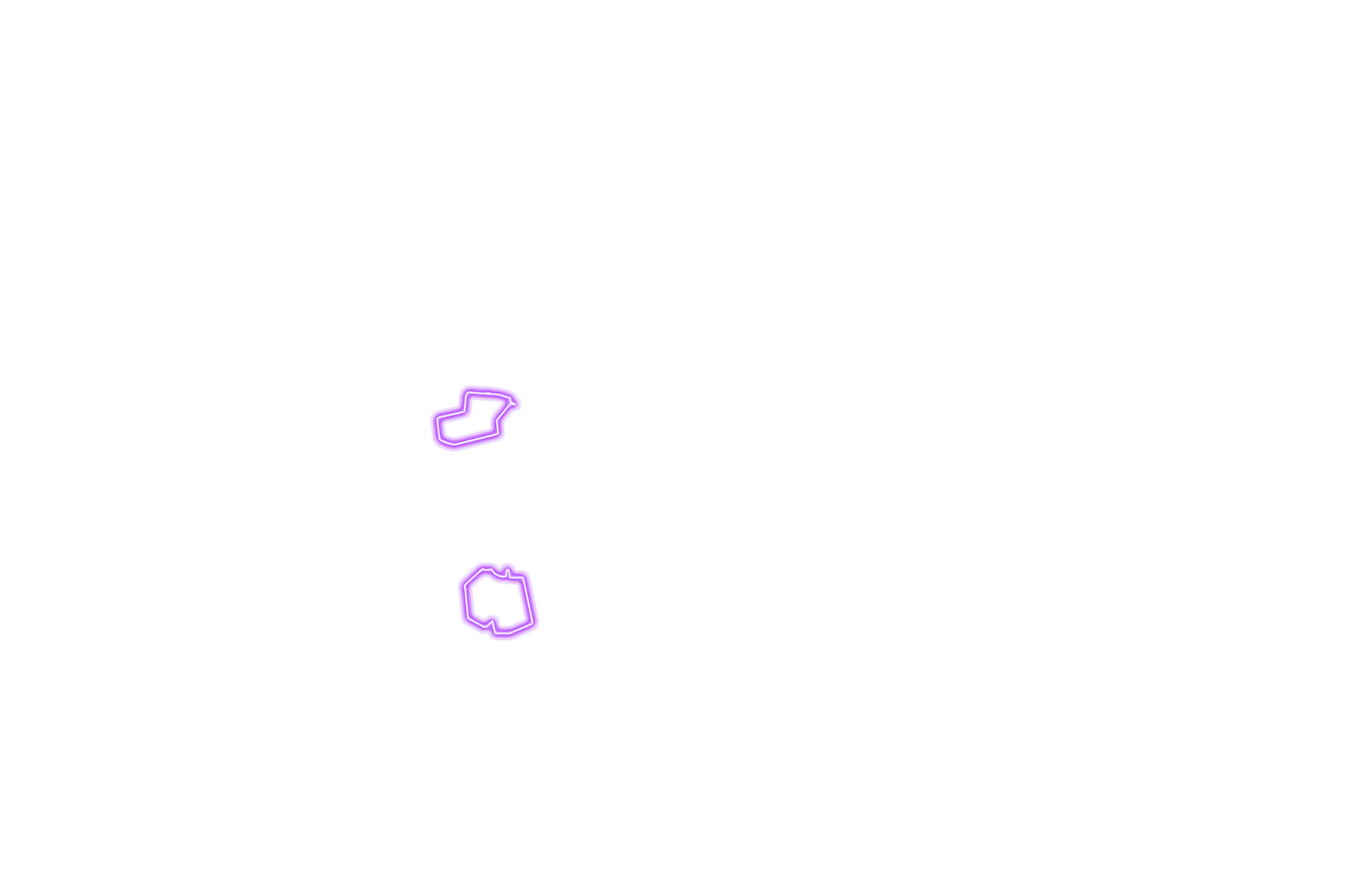

Zweihundertzwölf 3D Style
Tech Tree Discounts
Available from June 16 at 07:00 CEST through June 26 at 07:00 CEST (UTC+2)
Speed up your progress toward the ferocious felines featured in this special with up to 50% credits discounts on selected vehicles, or expand your collection with four classic British and Soviet Premium vehicles and save up to 50% gold.
50% off credits |
30% off credits |
|---|---|
50% off gold |
30% off gold |
Dunes of Fury: Tiger I and Panther Challenge
Available from June 16 through June 25 during Prime Time between 11:00 CEST and 23:00 CEST (UTC+2)
Join this exclusive challenge for the Tiger I and Panther to show off your skills and the brand new styles you picked up. Roll out aboard the featured vehicles, earn as much XP as possible during Prime Time from 11:00 CEST to 23:00 CEST, and claim a top spot. The higher you climb, the bigger your share of the epic 100,000 prize pool.
Register via the button or in-game by going to the Tournaments tab in the Garage and then clicking Challenges.
Rewards:
|
|
Challenge:
|
Restrictions:
|
The administrator reserves the right to penalize unsportsmanlike behavior by removing players from the Leaderboard or revoking their access to challenges permanently.
Don’t miss your chance to own these exciting new 3D styles for two iconic German fighters and bring the heat to the battlefield.
Roll Out!
From June 5 through July 10, join us for two of the biggest live tank events of the year—Aquino Tank Weekend and Tankfest—and watch both our special streams on June 11 and June 25 to win a free Premium tank!


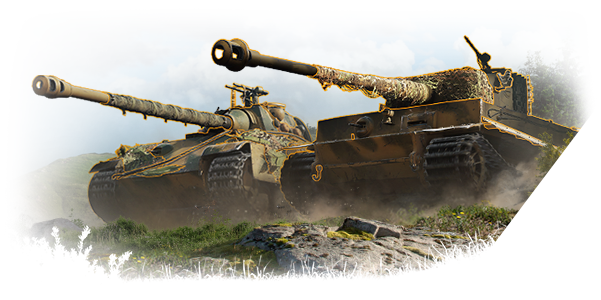



 The discount applied may vary slightly based on your selected currency.
The discount applied may vary slightly based on your selected currency.

